Head and neck cancer refers to a group of different types of cancer that start in this region of the body. They are typically categorized by where the cancer first forms.
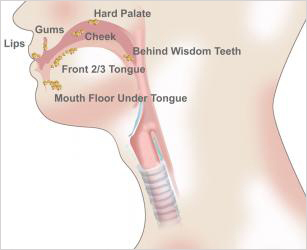
This type of cancer can be found on the front of the tongue, the gums, the inside lining of the cheeks and lips, the floor of the mouth, or the roof of the mouth.
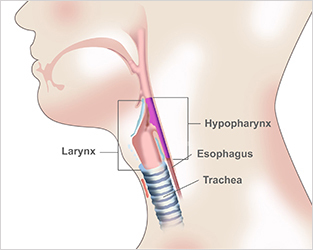
This type of cancer occurs on the bottom part of the pharynx, called the hypopharynx. The pharynx is a tube that goes from the oral and nasal cavities in the head down to the esophagus.
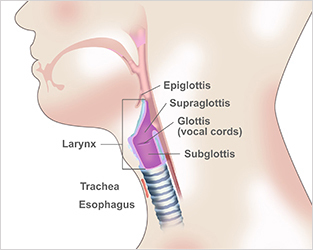
This type of cancer affects the larynx in the neck that houses the vocal cords. It includes the epiglottis, the small piece of tissue that covers the larynx and prevents food from entering the air passage.
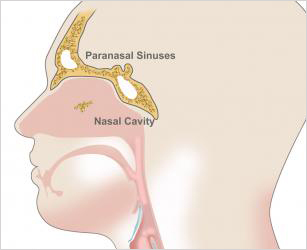
The nasal cavity is the space just behind the nose where air passes on its way to the throat. The sinuses are the air-filled areas that surround the nasal cavity.

Also called oropharynx cancer, this type of cancer can occur in the middle of the throat, from the tonsils to the tip of the voice box (larynx).
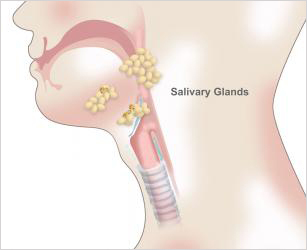
This type of cancer occurs in the salivary glands under and behind the jaw that produce saliva in the mouth.
What is NOT Considered Head & Neck Cancer?
Cancers of the brain, the eye, the esophagus, and the thyroid gland, as well as those of the scalp, skin, muscles, and bones of the head and neck, are not usually classified as head and neck cancers.

The ears, nose, and throat are the most common areas affected by cancers in the head and neck. Symptoms typically depend on where the cancer develops and how it spreads. Some common signs and symptoms can include:
Frequent headaches
Ear pain, trouble hearing and/or ringing in the ears not related to a common ear infection
Swelling of the jaw
A lump or sore in the nose, neck, or throat that does not heal or go away
Difficulty or pain when swallowing
Trouble breathing or speaking
Change in the voice or hoarseness that isn’t related to a virus or bacterial infection
Chronic blocked sinuses or sinus infections
White or red patches on the gums, tongue, or inside of the mouth
Many of these symptoms are common and can occur due to some other condition. If you experience these symptoms frequently or they persist more than two weeks, see your doctor or your dentist, if the concern is inside of your mouth.
For some head and neck cancer patients, surgery and radiation therapy may be all that is needed for treatment. However, for those with a more advanced stage cancer ,other treatments including chemotherapy may be added by your cancer care team. The primary form of radiation therapy for most head and neck cancers is external beam radiation. We typically use IMRT, intensity modulated radiation therapy, to treat head and neck cancers in our clinics throughout the Atlanta area.
This is an advanced form of external beam radiation treatment that allows precise targeting of tumor cells with high energy beams of radiation. IMRT also allows the radiation oncologist to vary the intensity of some of the beams of radiation. By doing this, a maximum dose of radiation can be delivered to the tumor while minimizing the amount of radiation distributed to the surrounding healthy tissues.
Side effects of external beam radiation therapy will depend on factors such as the total dose of radiation, other cancer treatments that may also be underway and the patient’s overall health.
Common side effects of radiation therapy for head and neck cancer can include:
Changes in taste (dysgeusia)
Dry mouth (xerostomia)
Pain or swelling of the inside of the mouth (oral mucositis)
Sensitivity to hot or cold foods
Tooth decay even with careful dental care
Mouth sores and infections in the mouth
Trouble swallowing (dysphagia)
Fatigue
Less active thyroid gland
Hair loss
Red, dry, or peeling skin at the radiation site
Although most side effects go away on their own, some may last a long time or become permanent. Talk to your oncologist or radiation technician right away if you notice any side effects so steps can be taken to reduce or relieve them.

Radiation therapy is a commonly used cancer treatment, with more than half of cancer patients receiving it, it can be used in various ways depending on each patient’s needs. Our radiation guide includes common questions and what to expect when receiving radiation therapy.
Quickly and efficiently build the materials you need to support your inbound marketing strategy. Drag and drop building blocks including testimonials, forms, calls-to-action, and more.